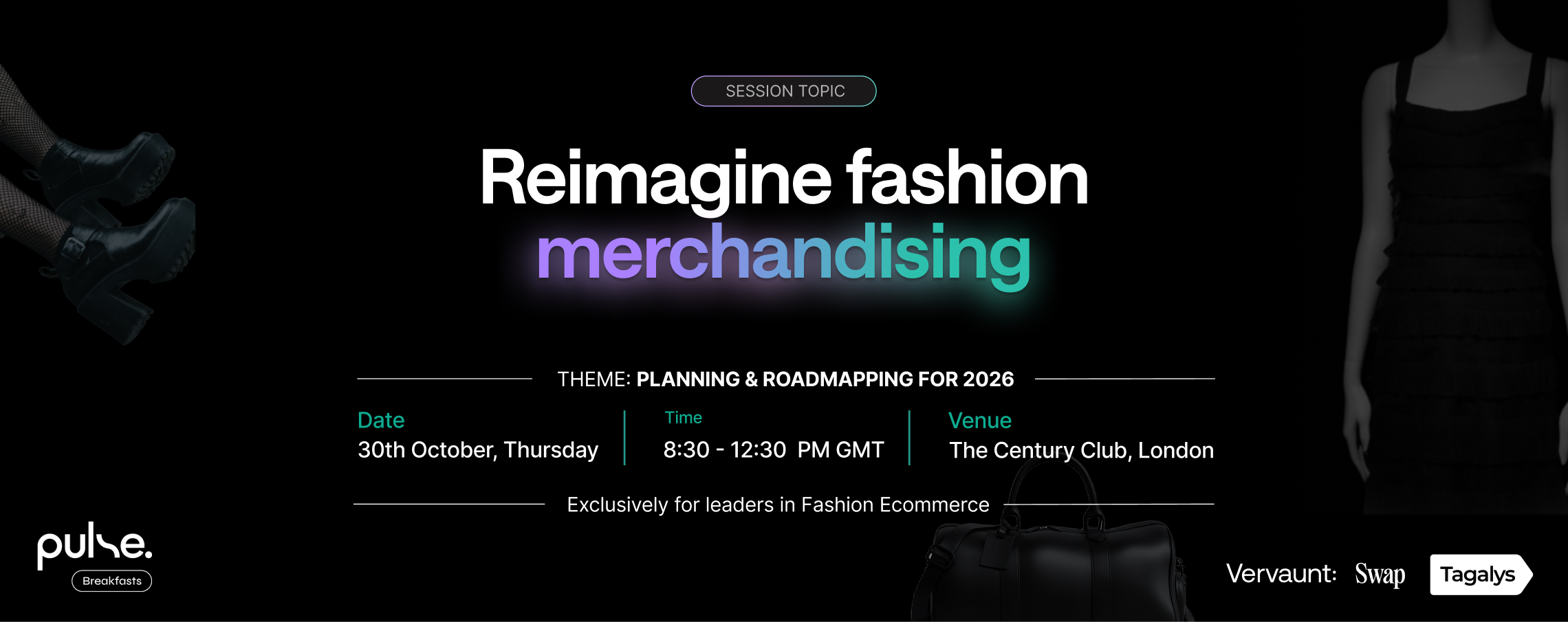The eCommerce industry in Australia is growing and we have seen a dramatic shift in the industry post-pandemic. Technology is making purchasing effortless, and it is changing the way the consumer shops.Recent statistics show that the Australian eCommerce market is to reach US$46.68bn in 2022 with a projected market volume of US$69.35bn by 2025.So eCommerce stores are in a great position to grow and generate revenue. The only hurdle, however, is the equally increasing competition. As is the case with any industry, as the demand increases, so does the number of suppliers.Competing for visibility is not a challenge. Technology has made it easy to increase audience reach. There are social media platforms, organic optimization techniques, paid advertisements, and many more strategies that an eCommerce brand can use to increase brand visibility.The challenge eCommerce stores face today is not with creating awareness but with increasing conversions. Converting a user who has already come into the eCommerce store. The immense competition within the eCommerce space gives users a huge number of options, which is increasing bounce rates.So what can eCommerce stores do to make the best of every single store visitor? We answer that in this article.
Understanding the shopper’s journey
Knowing a shopper’s thought process from intent to purchase will help put the strategies we present into context.
a. Intent to store: Visitors land on an online store through organic search/display ads/emails etc
b. Action in-store: Searches for a particular product or Peruses available categories/collections
c. Product inspection: Goes through the product details and checks for available options (colour, size, similar products, etc.).
d. Adding to cart: Adds the product to the cart or looks for additional products.
e. Purchase: Buys the product.
Each step indicates the consumer’s interest level and willingness to make a purchase. Each of these steps is also a possible drop-off point, which means the eCommerce store needs to engage the visitor/shopper at every point in their journey.
Optimising each step on the shopping journey to keep visitors engaged and moving forward
Increased shopping options have made consumers lazy. They want to find the right product fast, or they are willing to check elsewhere. Your store has to make sure that the effort spent in finding the right product is minimal to ensure the consumer continues to move forward in their purchase journey.Make sure your eCommerce store checks the following boxes-
1. Implement user-friendly UX elements
- Make it easier for the user to find what they want. Give them options like filters, categories, and sort options to narrow their choices.
- Optimise the store’s mobile view. Mobile traffic has overtaken desktop traffic in the last few years. This makes showing the right product on top even more important because you have limited space per scroll.
2. Optimise & use your product discovery funnels to the fullest
There are 3 ways visitors will find products on your eCommerce store. Optimising each of these will help you increase user engagement-
I. Site Search
- Make your search dynamic and intelligent – searching for a generic term like ‘black tank-top’ should work and also show relevant results.
- Another incredible feature is the capability to search via synonyms. This helps engage users who have an idea of what they want.
II. Product Listing Pages
- Use data-driven sorting to display trending products (products most likely to sell) right at the top. This helps engage consumers who are unsure of what they want.
- Use a consumer’s past shopping history to curate products on the listing page.
- Use conditions to make these pages dynamic and cycle products by popularity to increase conversions.
- You can also use conditions to cycle products by inventory count to push slow-moving products.
III. Product Recommendations
- Analyse consumer purchase data (as a whole) to group products and display them as recommendations. Amazon’s ‘Products related to this item’ section is a great example of cross-selling and upselling products.
3. Offer discounts
Consumers often compare prices before checkout. ‘Am I making the most economical choice?’ is usually the last mental hurdle they face before making a purchase. Providing a discount/offer code right at checkout helps push this dilemma out of their mind. Offering discount codes also ensures repeat visits. Consumers will want to check if any other discount is currently running.
4. Run a ‘Sale’ to push products
It was estimated that Australians spent over $8 billion across the four days from Black Friday to Cyber Monday in 2021, with Victoria spending approximately $190 million, ranking as the biggest spender over the sales weekend. What makes sales during festive seasons like Cyber Monday, Good Friday & Easter Weekend Sales, and Black Friday popular? The fact that they offer regular products at a discounted price. You can capitalise on this inherent love for a good discount by creating sale pages with select products offered at a discounted price.
How do you implement these strategies into your eCommerce store?
All these strategies require an intelligent merchandising solution. Dynamic listing pages, advanced sorting, searching with synonyms, etc. require a fair bit of automation to achieve. That is where Tagalys comes in.We provide an integrated solution for search, sorting, categorization, dynamic sequencing, recommendations, and more, specifically for eCommerce stores. Our solutions help you engage every user at every step of their shopping journey.Don’t just take our word for it; try Tagalys for free by opting into our 28-day trial period.














.svg)
.svg)
.svg)
.svg)
.svg)
.svg)



.png)

.png)
